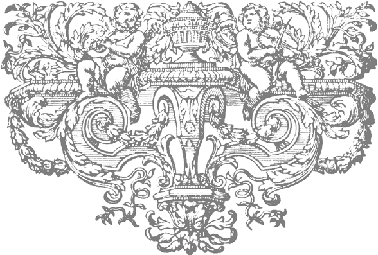![]()
A Franco-Flemish double-manual harpsichord,
![]()
|
A Franco-Flemish double-manual harpsichord,
The rear surface of the nameboard |
When the instrument was received by me for restoration, the nameboard of the instrument was removable in a way similar to that of a normal Italian harpsichord. However this is very unusual for a French eighteenth-century harpsichord and a photograph of the instrument taken c.1920 shows that the nameboard was not removable at the time of the photograph. It seems likely that Roberto de Regina in his 1970 'restoration' of the instrument when the 1786 wrestplank and nuts were replaced, did not re-glue the nameboard back in place as it had been previously. It was therefore re-glued in place in the present restoration.
An enlarged detail of a photograph taken in 1927 by Sotheby's for the sale of the instrument of the keywell of the Franco-Flemish harpsichord, showing the front of the same nameboard seen above but when it was securely glued to the case sides and wrestplank.
Analysis of the gilt surfaces above the soundboard showed that the soundwell on the inside surfaces of the case sides, had a coat of sky-blue paint under the bronze powder. The top photograph shown here shows the rear surface of the nameboard decorated with bronze powder before it was re-glued in place. But here there is no sign of any blue paint or blue base layer to the bronze-powder surface. Indeed it appears that the nameboard was decorated with bronze powder before it was even glued into the instrument, probably in 1786 since the bronze powder decoration reaches below the level of the wrestplank in a position that would have been inaccessible after the wrestplank was glued in place. This, then, implies that the whole of the soundwell must have been overpainted in the same bronze powder decoration as found at present at the time the instrument was widened in 1786 and when this new nameboard was made for the instrument. This is therefore the state to which the soundwell was restored, and the blue under-paint was left covered over by the bronze powder.
Return to the section on the eighteenth-century history of the Franco-Flemish harpsichord
Return to the section on the description of the Franco-Flemish harpsichord
